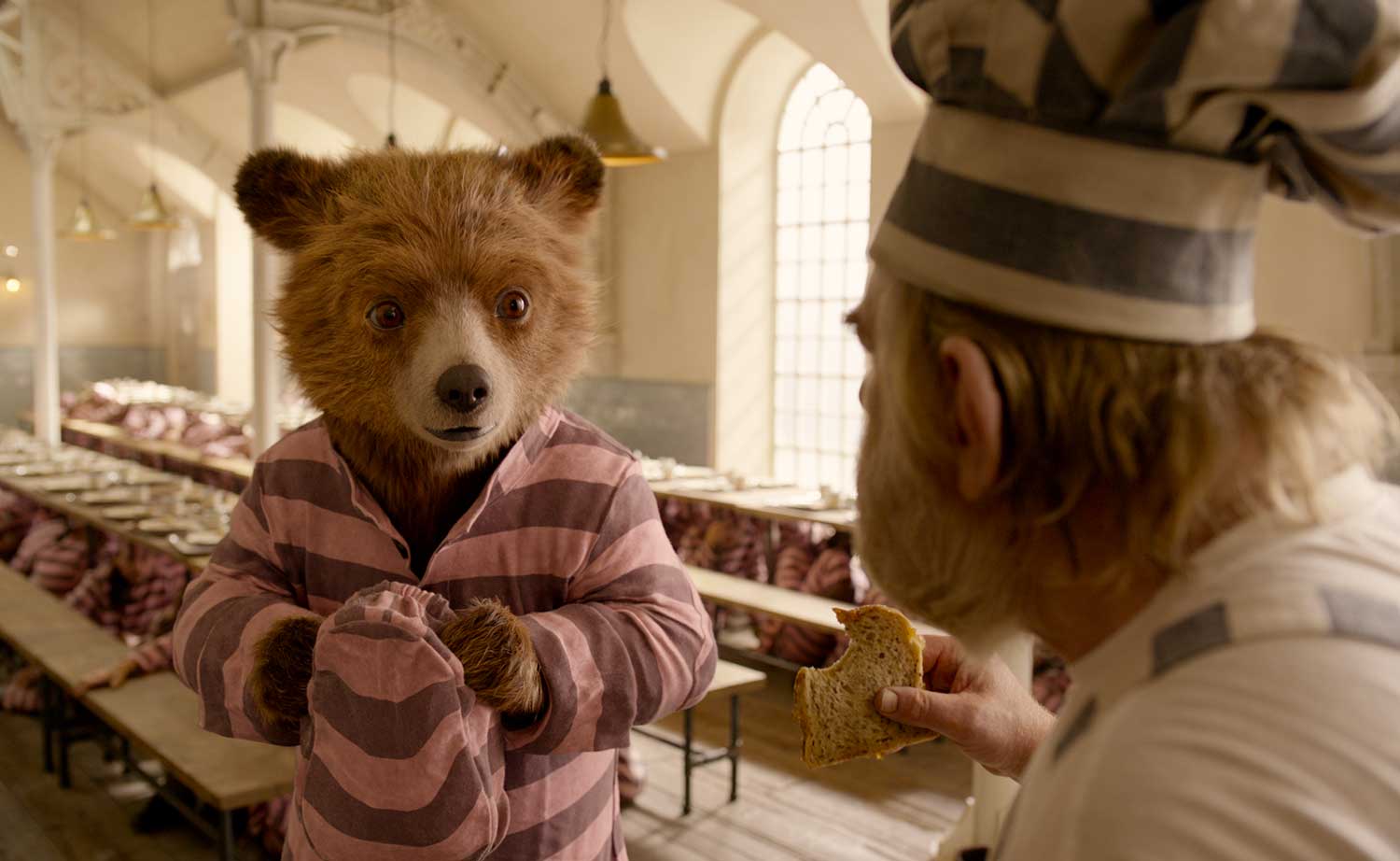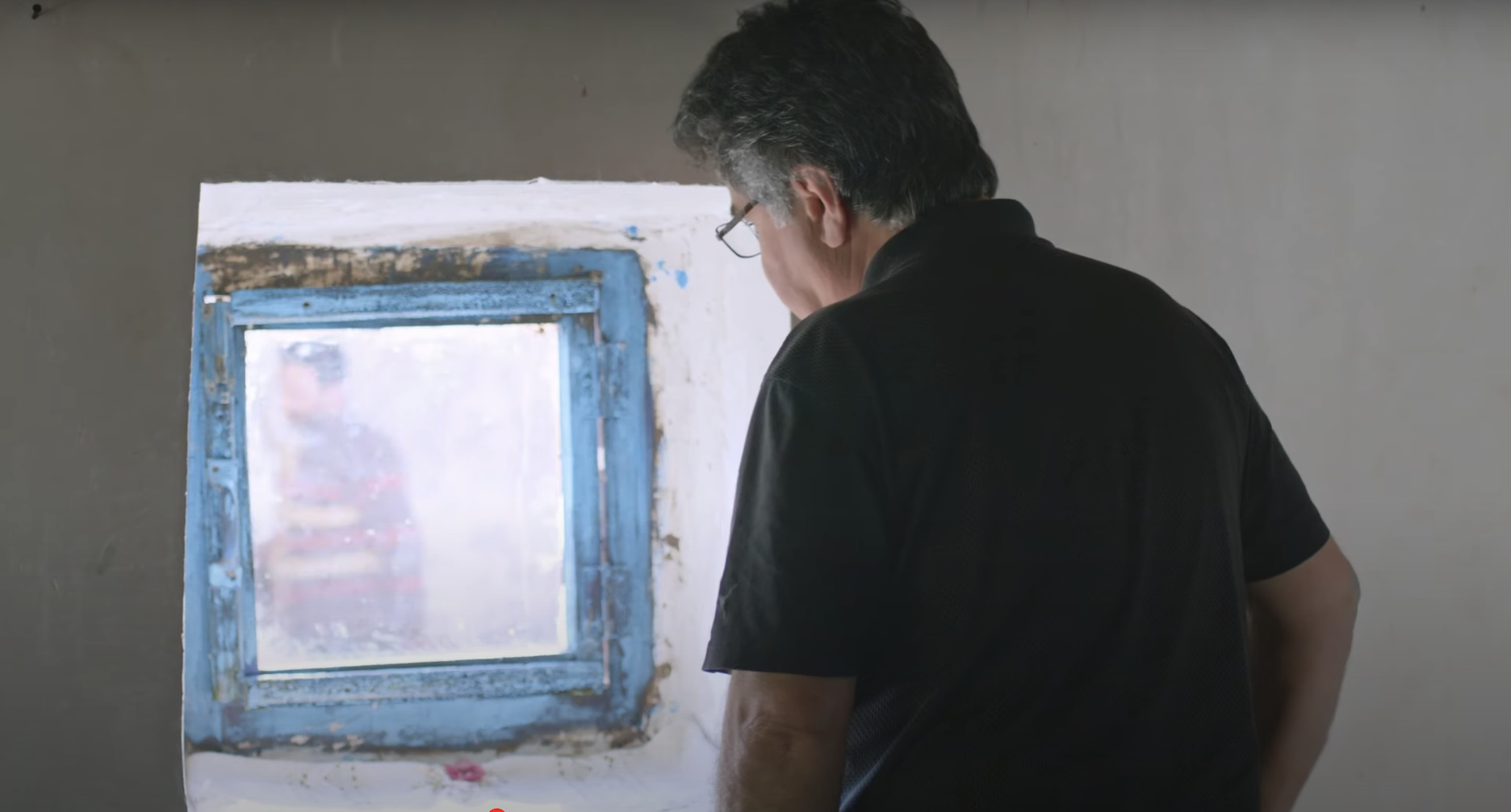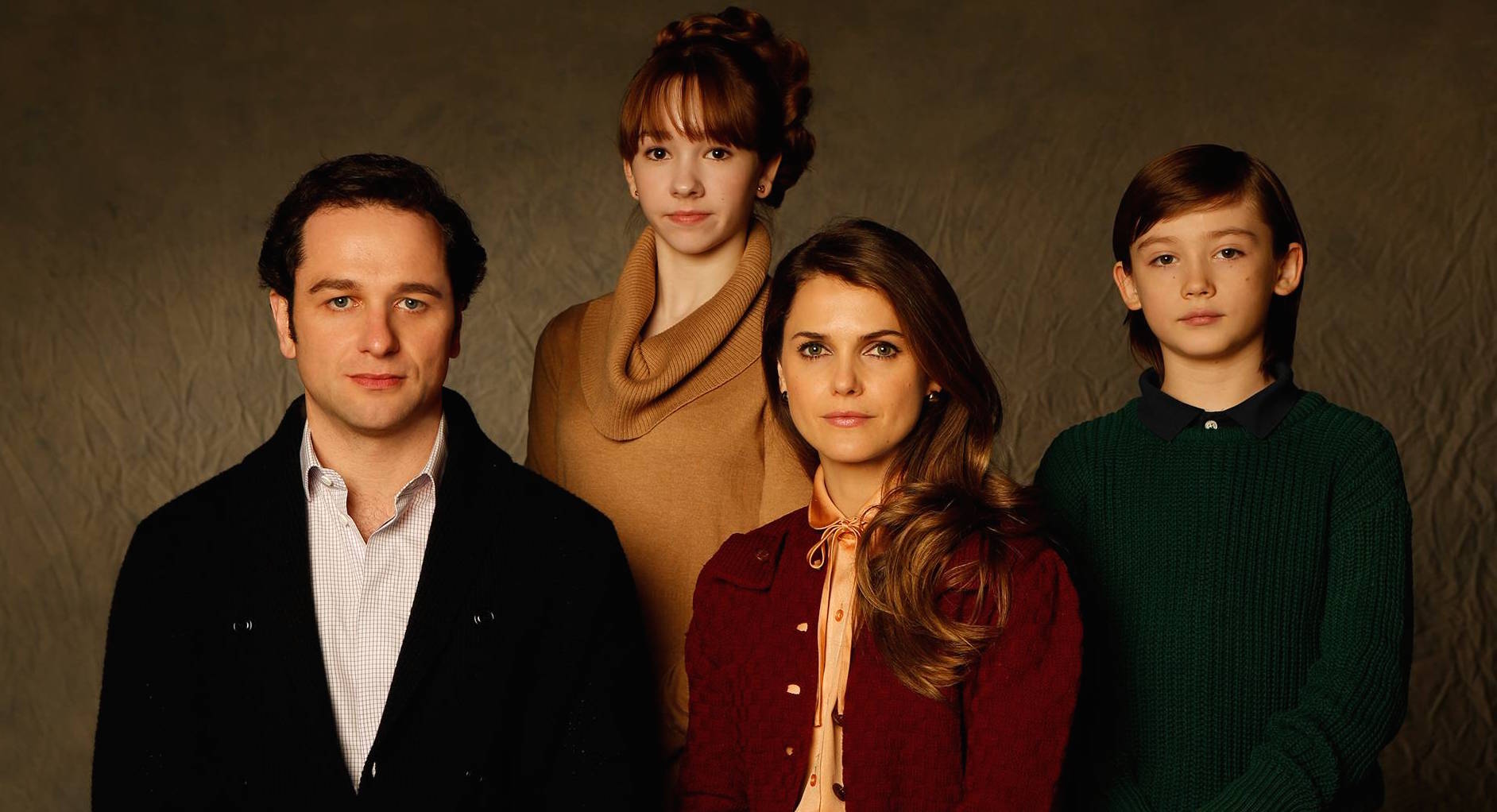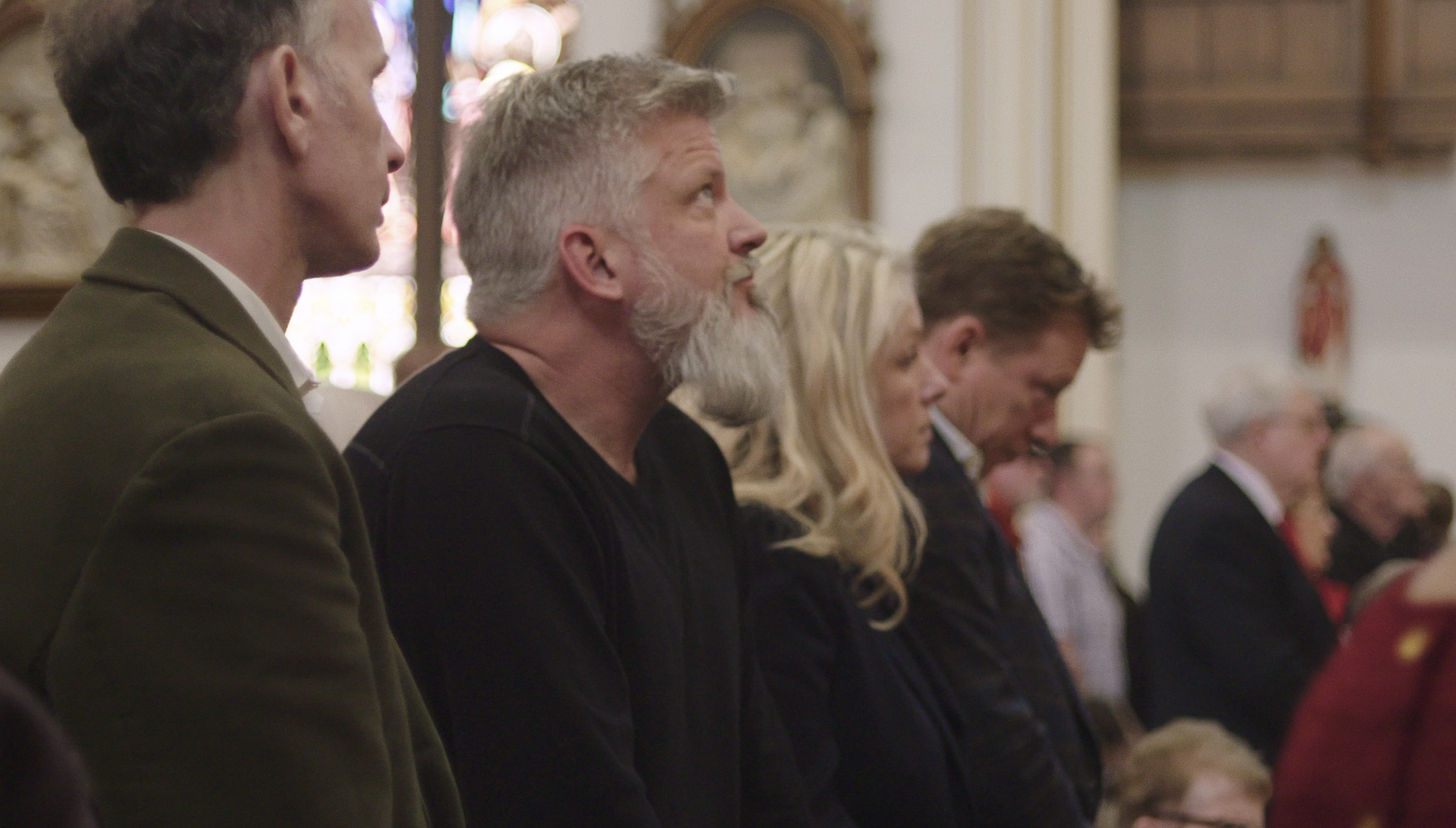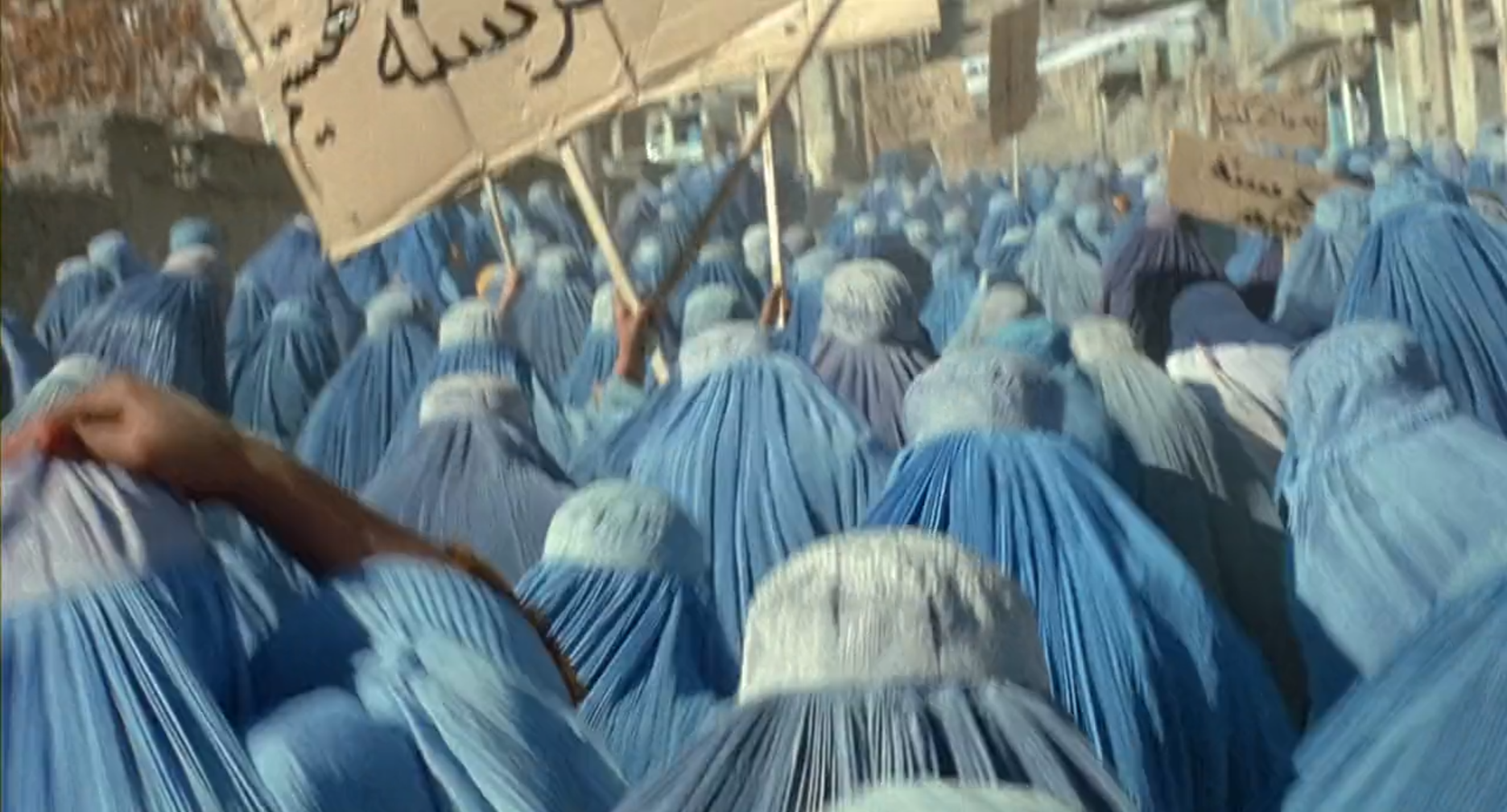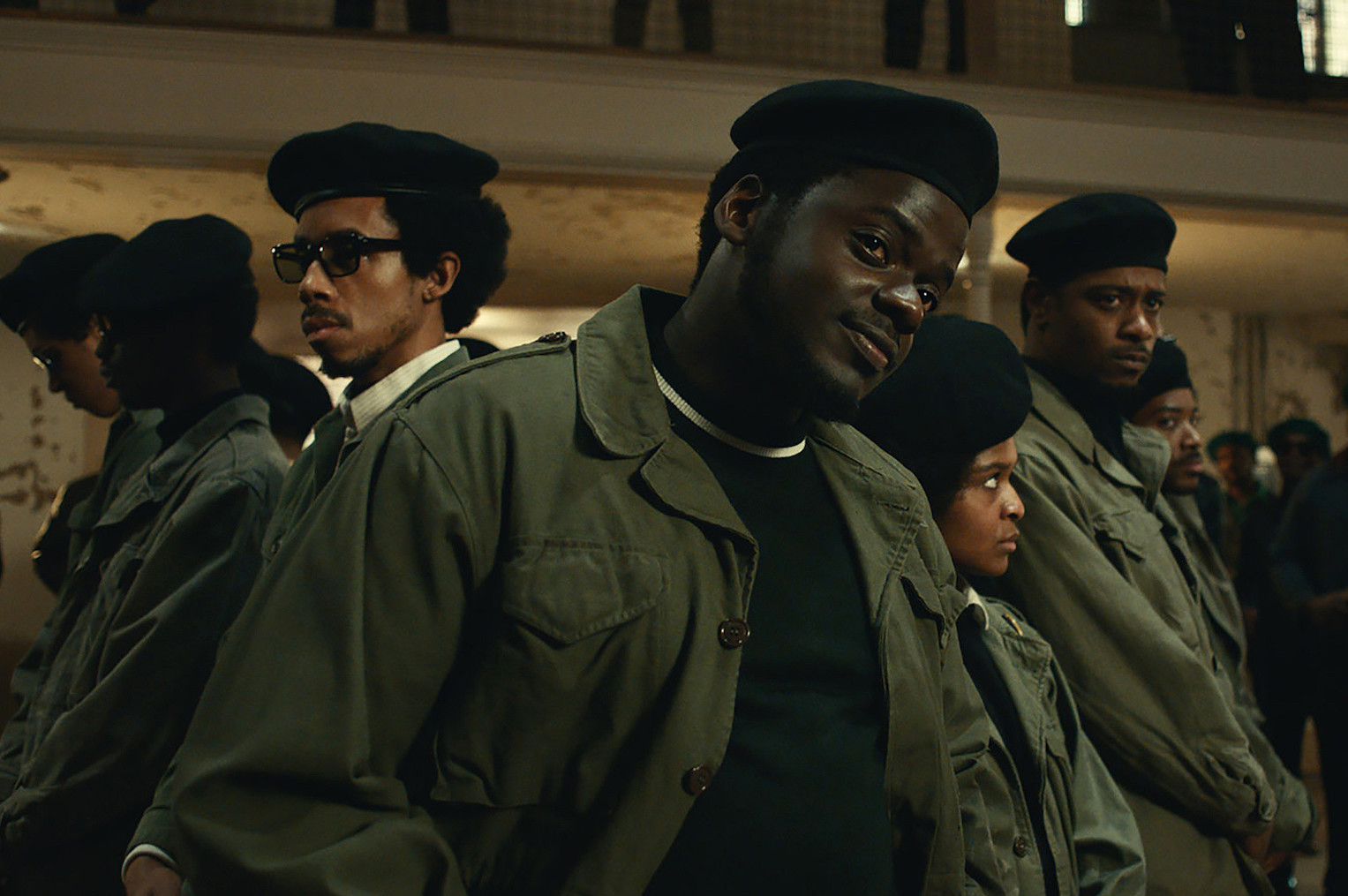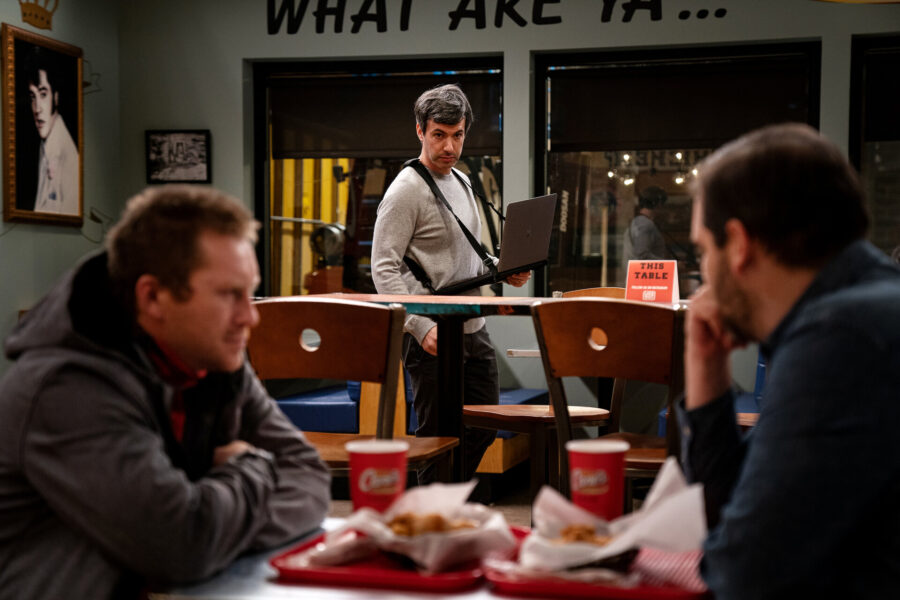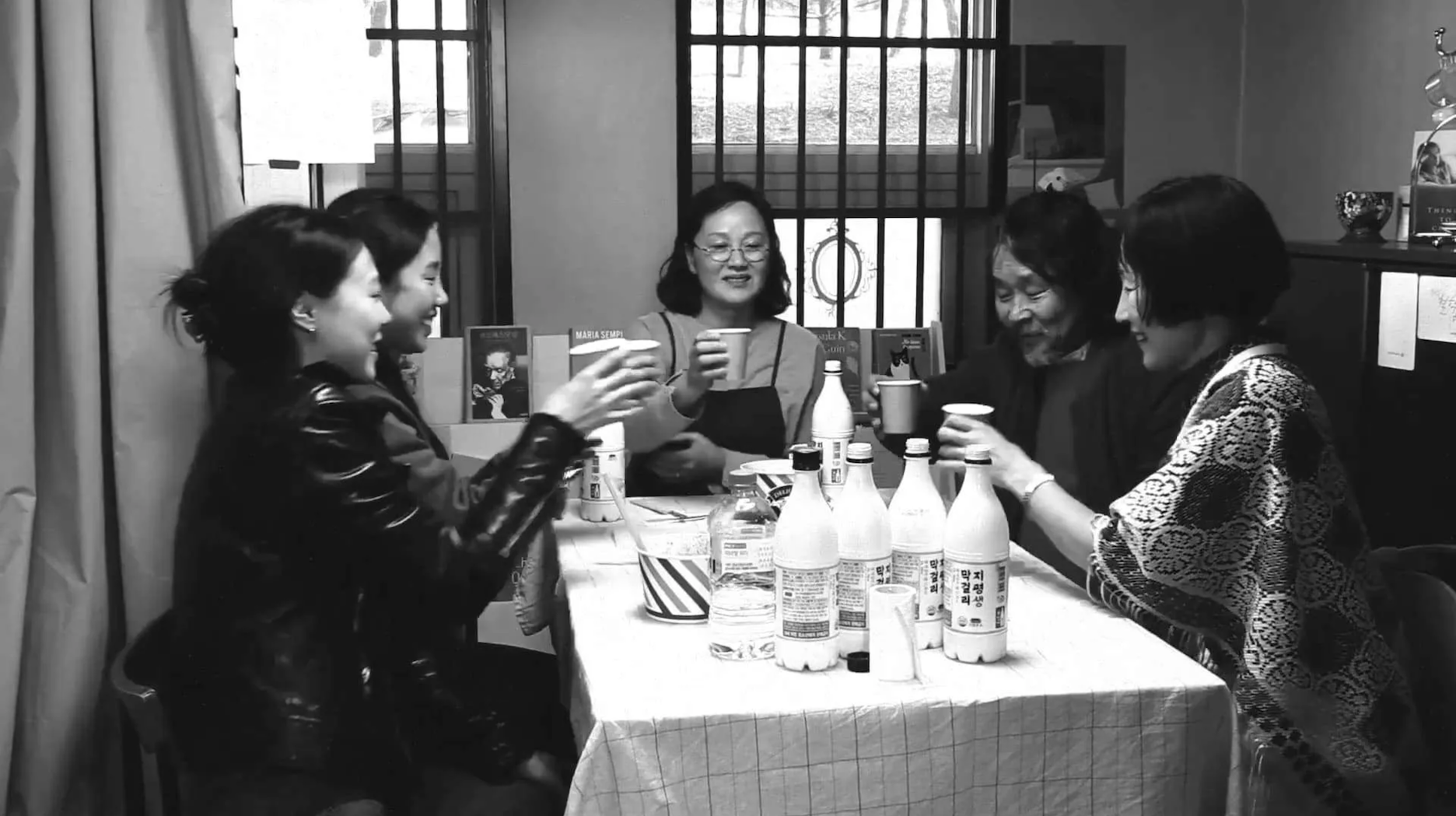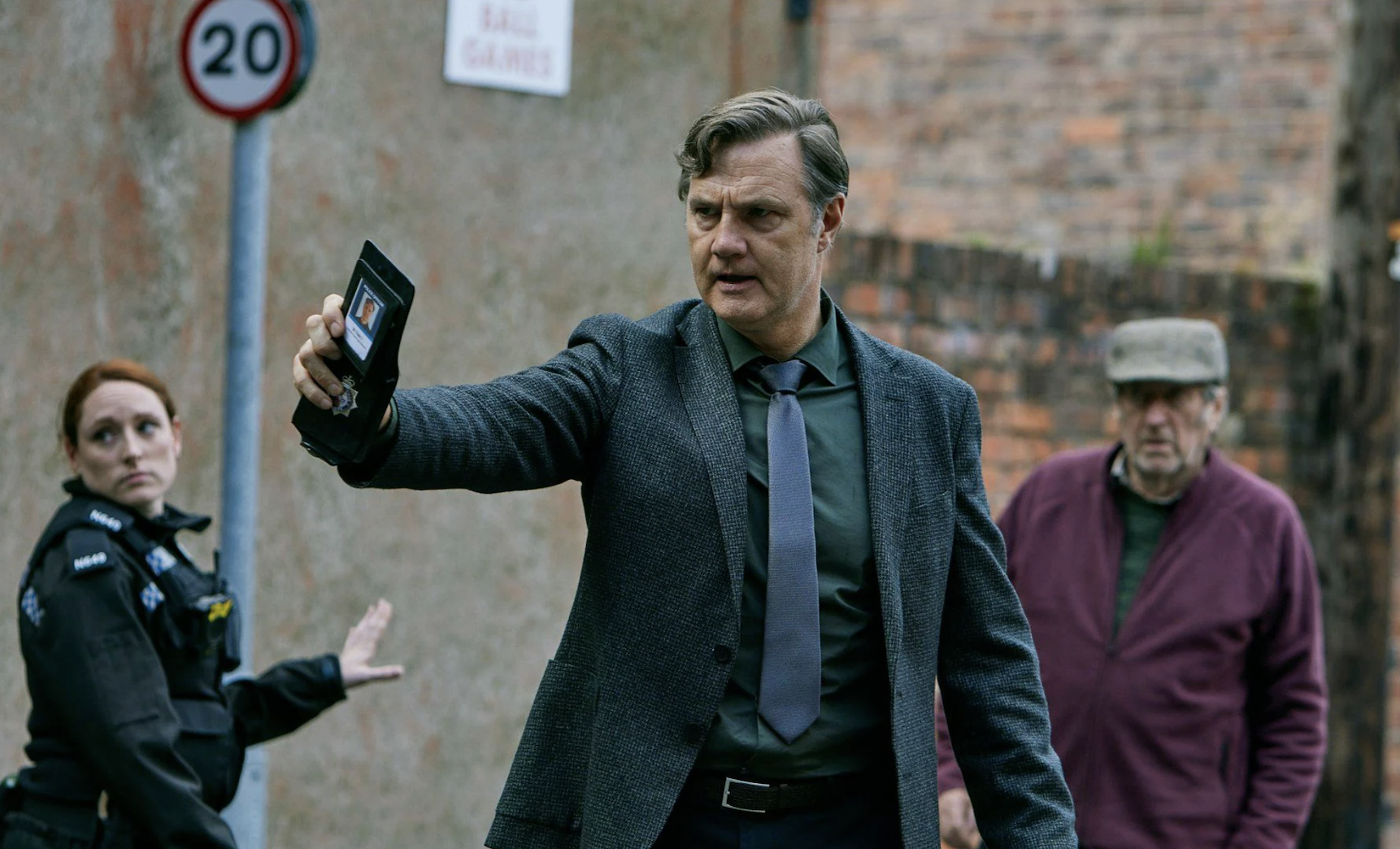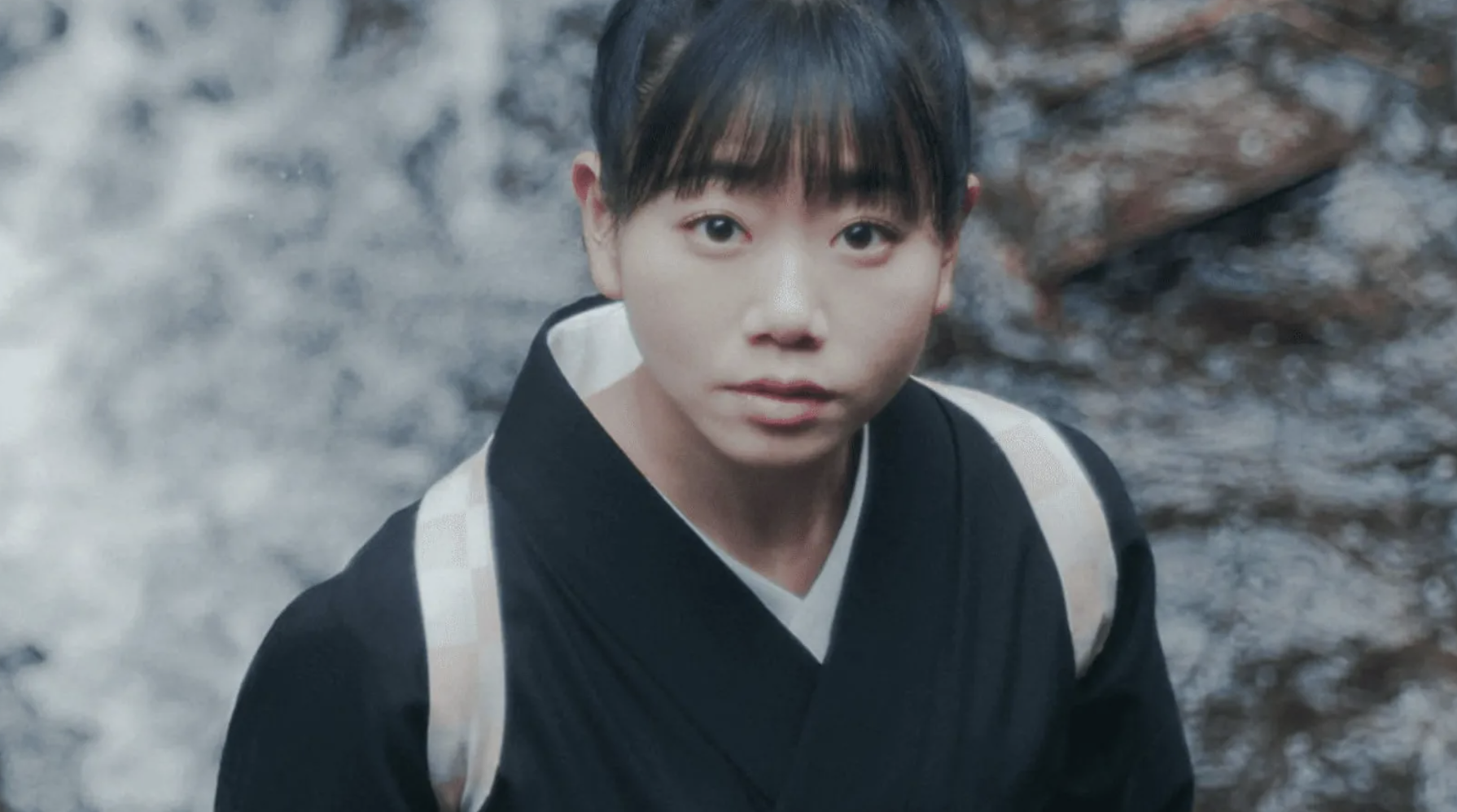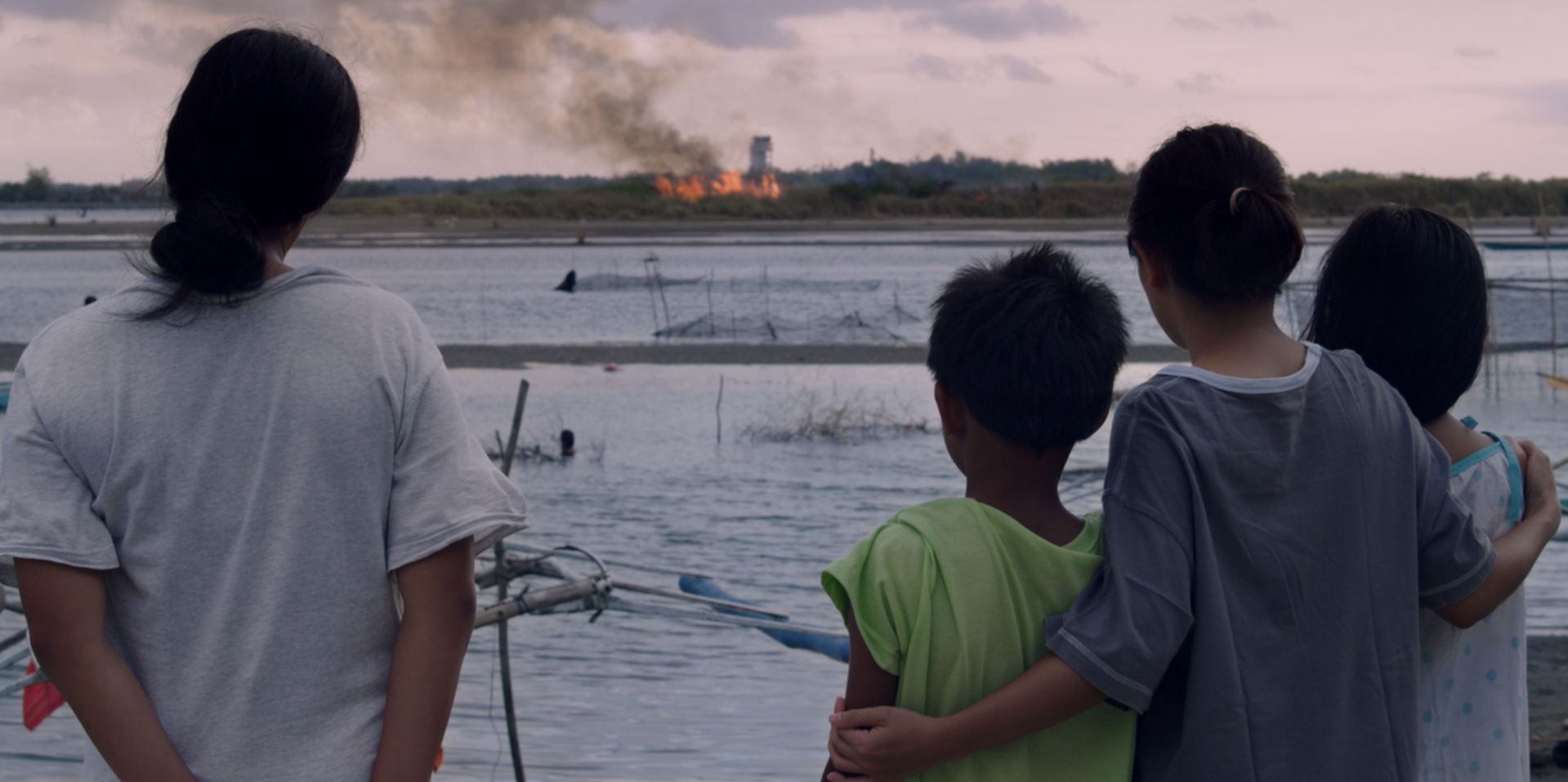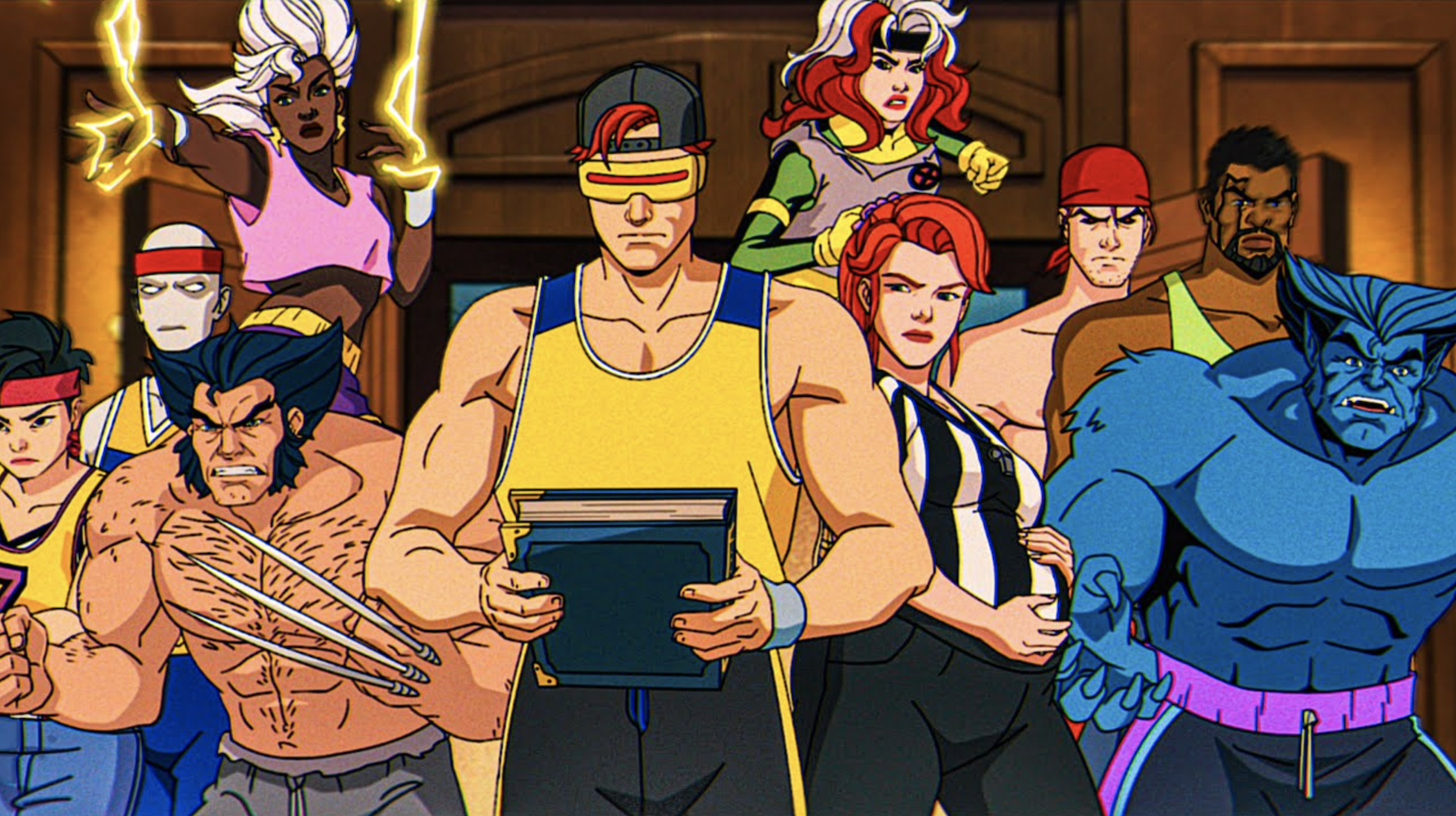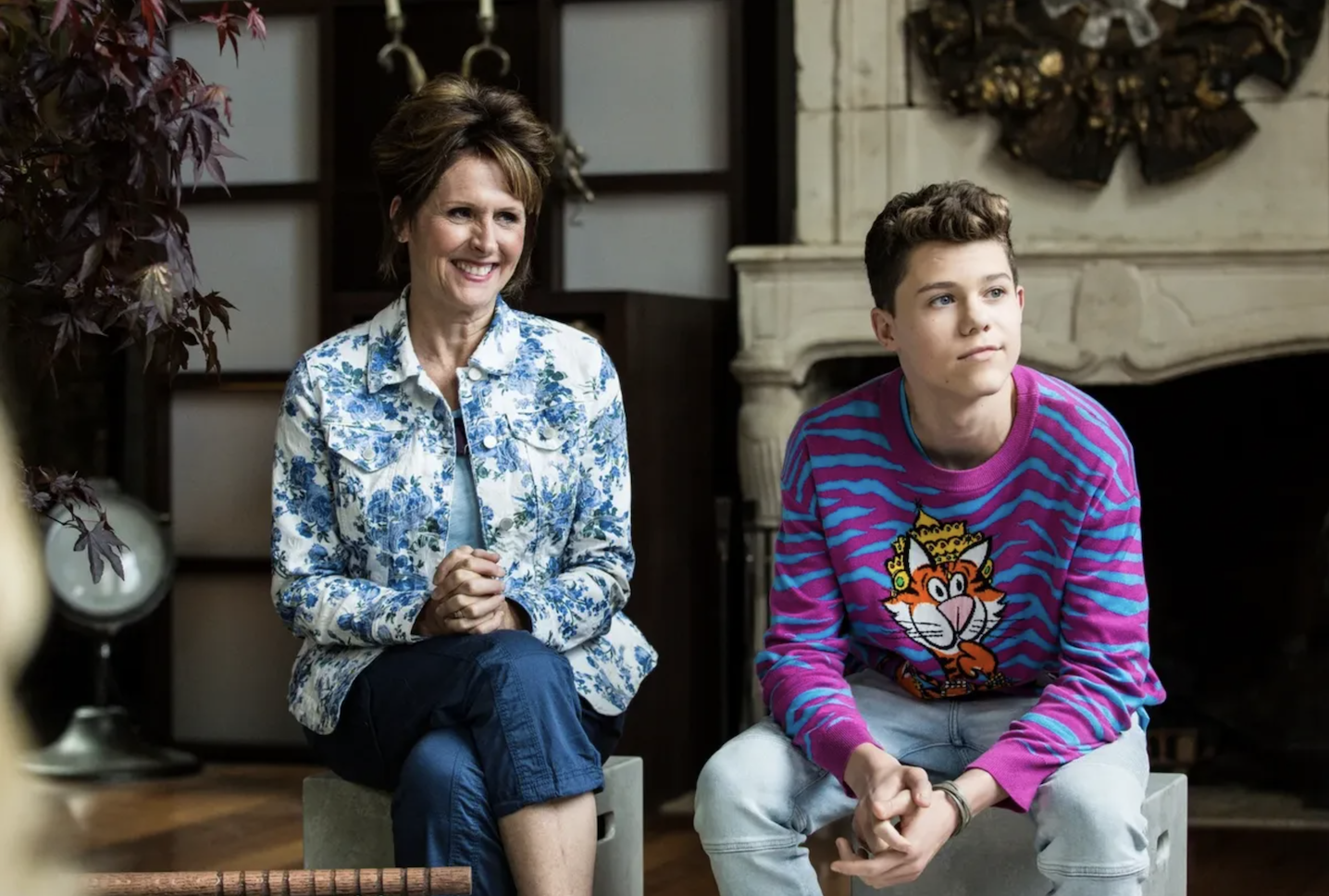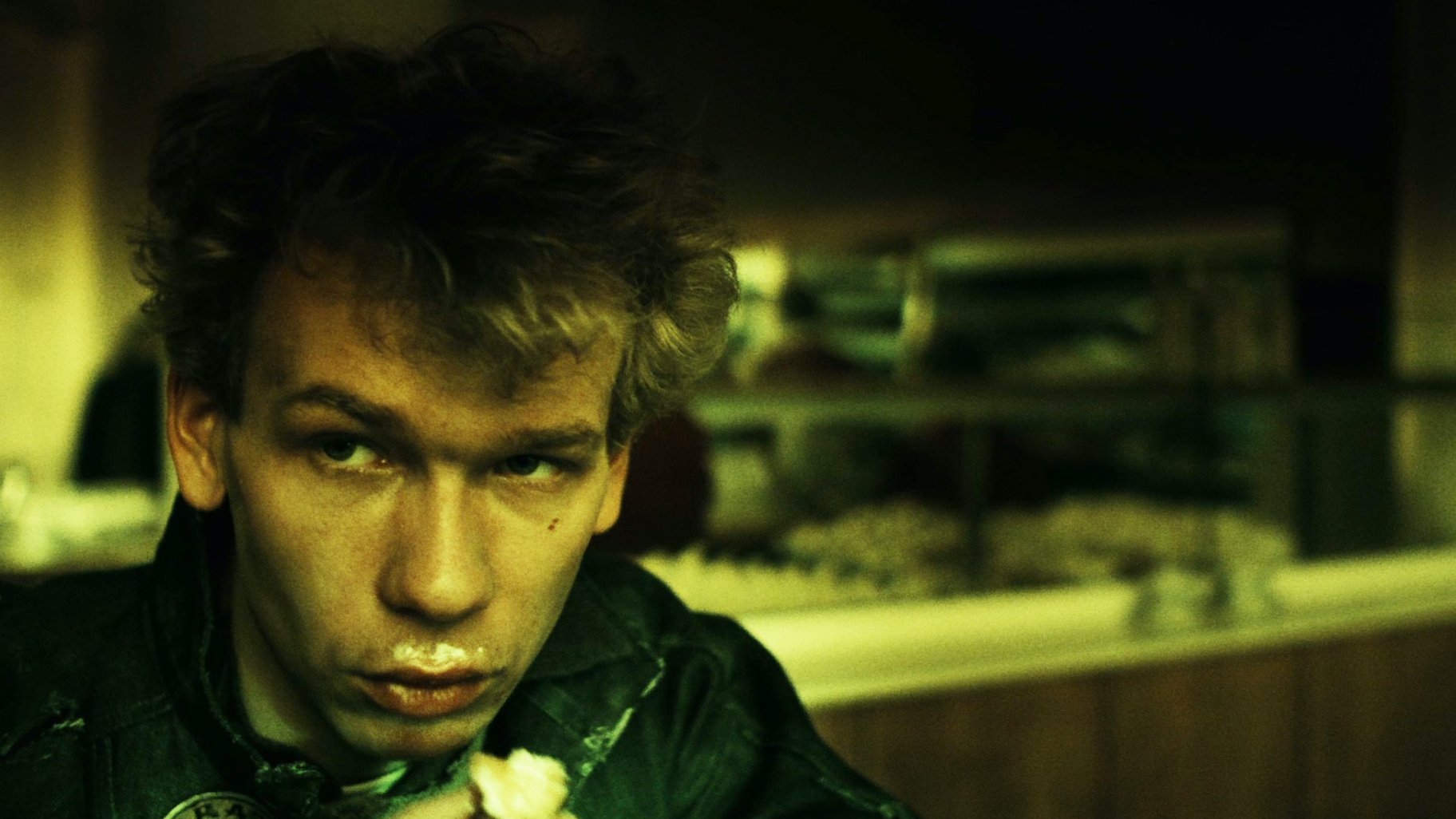Proving that children's entertainment can be legitimate art like any other kind of cinema, the sequel to 2014's Paddington displays a stronger love for community and storytelling than many other adult-oriented productions. It may be cutesy and innocent, but Paddington 2 also uses its stunning visual effects and intricate production design to prop up a sophisticated story about discrimination, staying true to one's self, and (most surprisingly) the prison-industrial complex. It's a proper throwback to another era of family movies that offers something far more substantial to young children and genuinely moving moments for the parents and children at heart.
Genre: Adventure, Comedy, Family, Kids
Actor: Aaron Neil, Alex Jordan, Ben Miller, Ben Whishaw, Brendan Gleeson, Cal McCrystal, Catherine Shepherd, Claire Keelan, Dan Antopolski, David J Biscoe, David Sant, Deepak Anand, Eileen Atkins, Enzo Squillino Jr., Geoffrey Lumb, Gus Brown, Hiten Patel, Hugh Bonneville, Hugh Grant, Imelda Staunton, Jag Patel, Jamie Demetriou, Jessica Hynes, Jim Broadbent, Joanna Lumley, Joel Fry, Julie Walters, Justin Edwards, Kobna Holdbrook-Smith, Kya Garwood, Louis Partridge, Madeleine Harris, Maggie Steed, Marie-France Alvarez, Meera Syal, Michael Gambon, Michael Mears, Nadine Marshall, Nicholas Lumley, Nicholas Woodeson, Noah Taylor, Peter Capaldi, Richard Ayoade, Robbie Gee, Sally Hawkins, Samuel Joslin, Sanjeev Bhaskar, Shola Adewusi, Simon Farnaby, Stephen McDade, Tim Fitzhigham, Tom Conti, Tom Davis
Director: Paul King

